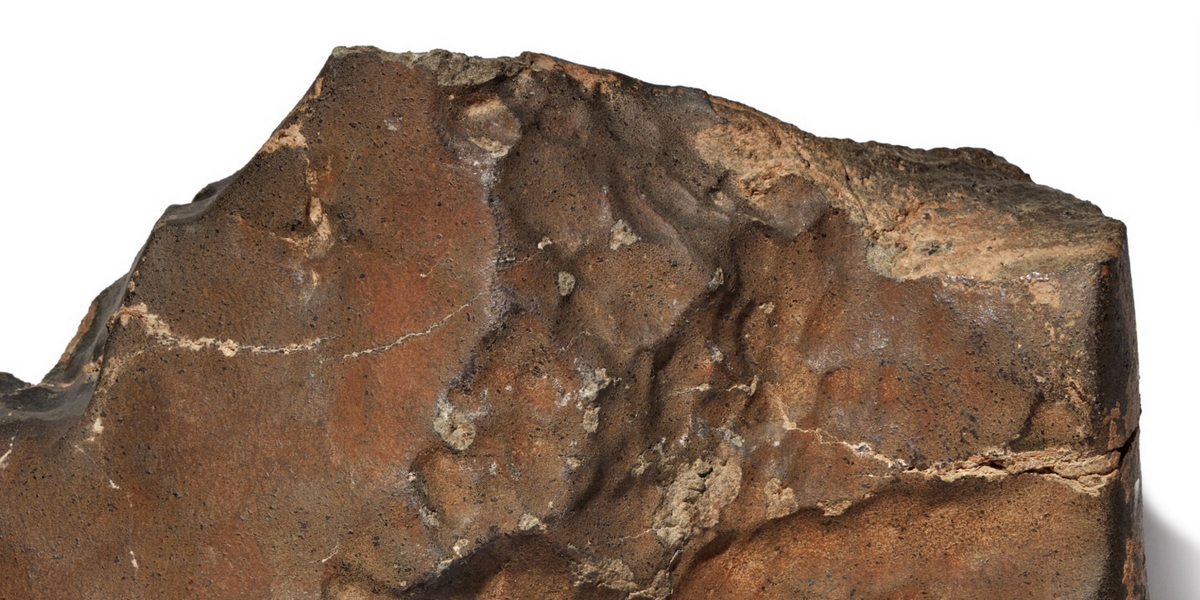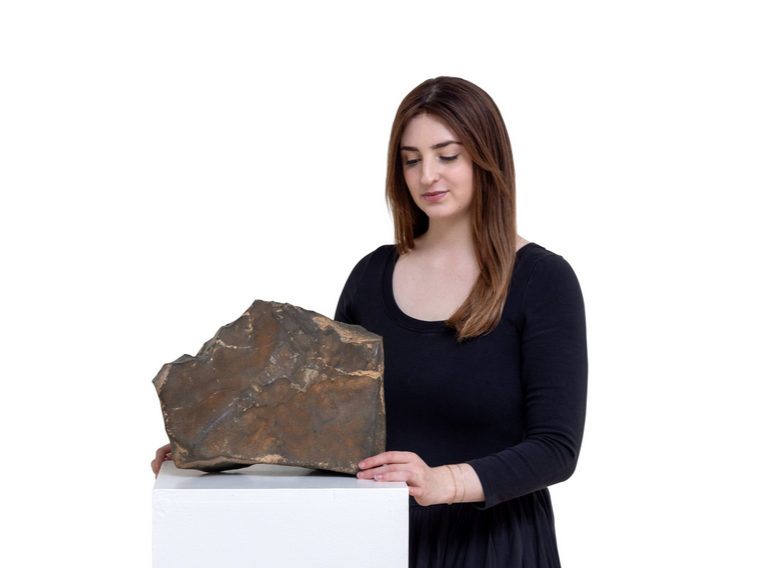How Much Is Mars Worth? Billionaires Battle Over a Rock from Another World
A once-in-a-generation Martian meteorite, weighing 24.67 kilograms and known as NWA 16788, is poised to make history at Sotheby’s New York on July 16.

In a glass display case in New York, under Sotheby’s cool, clinical lighting, rests a rock older than any empire, heavier than most toddlers, and more traveled than any luxury yacht. It is not just stone. It is NWA 16788—a 54-pound Martian meteorite, ripped from the blood-red crust of another planet and flung across the void by a cosmic punch so violent it turned parts of its body into glass. On July 16, it will go under the hammer. Price tag? Up to $4 million. And while its surface may still carry the memory of fire and cosmic violence, its future lies in the sanitized vault of the wealthy—possibly a hedge fund billionaire, a crypto king, or a Saudi prince looking for a new centerpiece in a glass box.


Why Are the Ultra-Rich Turning to Odd Collectables?
This is not a one-off meteorite story. It’s a portrait of a deeper fever in the bloodstream of global wealth. The rich aren’t buying just art or yachts anymore. They’re buying Martian rocks, dinosaur femurs, Pokémon cards, the first Apple computers. They're buying meaning—or at least the appearance of it.
In the old days, status meant a Renoir above your fireplace, a Cartier tank on your wrist, a penthouse in Mayfair or Manhattan. Now? It could mean owning a once-scorching piece of Mars. The meaning of luxury has shifted. And with it, the things we place value on. The rich are turning to what some auctioneers call “trophy science”—objects that don't just signal taste, but imagination, origin stories, even scientific credibility. Owning the biggest Martian meteorite on Earth isn’t just about owning Mars; it’s about owning the narrative of civilization’s forward march.
That narrative, however, is laced with contradiction. Scientists mourn the loss of public access to these kinds of specimens. NWA 16788, by all rights, should be lying in a museum lab under the gaze of researchers and the wonderstruck eyes of children. Instead, it will likely be sealed in temperature-controlled private darkness, accessible only to the owner and maybe a few party guests. For Steve Brusatte, a professor of paleontology, the idea is sickening—watching humanity’s cosmic relics get turned into collector’s tokens. “It belongs in a museum,” he says, echoing Indiana Jones, not out of sentimentality, but out of duty.
But the reality, as planetary scientist Julia Cartwright points out, is thornier. Without private collectors, the business of meteorite hunting would all but vanish. Without the hunt, science would suffer. There's a brutal truth behind the glittering auction: the thirst for private ownership funds discovery. It’s a system fed by paradox. Private greed sustains public knowledge, at least partially.
This sale, nestled in Sotheby’s growing “Geek Week” initiative, is more than a transaction. It is a ritual. The rock’s surface bears a glassy crust—formed when it tore through Earth’s atmosphere. Its inner layers may still whisper Martian winds. But its role now is to serve as a symbol, a statement in a glass case. It’s science commodified, celestial history monetized.
A New Status Symbol or Just Nostalgia?
We’ve seen this shift before. The fossil of a T-Rex named “Stan” sold for $31.8 million in 2020. A space suit used during an Apollo mission sold for $1.3 million. Even the charred remains of the first Apple I computers have become modern relics, fetching millions in heated bidding wars. These aren’t random purchases. They’re signifiers of a new elite rewriting the language of value. In the age of infinite digital replication, rarity is king—and nothing is rarer than a chunk of another world.
But this race toward oddities has its risks. Unlike fine art, there is little historical market data for meteorites or moon rocks. These prices are speculative, built on gut, prestige, and novelty. If the bubble bursts, the Martian trophy becomes just an expensive paperweight—albeit one from 34 million miles away.
What draws the mega-rich to these objects isn’t just nostalgia, though there’s plenty of that. It’s conquest. In an era where almost everything can be bought, where yachts blur into floating cities and skyscrapers become personal shrines, ownership of the truly otherworldly becomes the final frontier. Mars isn’t just a destination for Elon Musk. It’s now a product—one rock at a time.
Perhaps the meteorite will be studied. Perhaps its new owner will allow scientists to scan, scrape, and analyze. Or perhaps it will sit in a fortress of glass and steel, its Martian soul silenced by velvet ropes and security codes. Either way, its fate has already been written—not by geology or astronomy, but by the unchecked force of human wealth.
This is not a story about a rock. It’s about a cultural pivot point. A moment when Mars became just another asset class. When science met status, and status won.
ART Walkway News





